Two Approaches to Teaching Core Content to Students with Significant Disabilities
March 19, 2024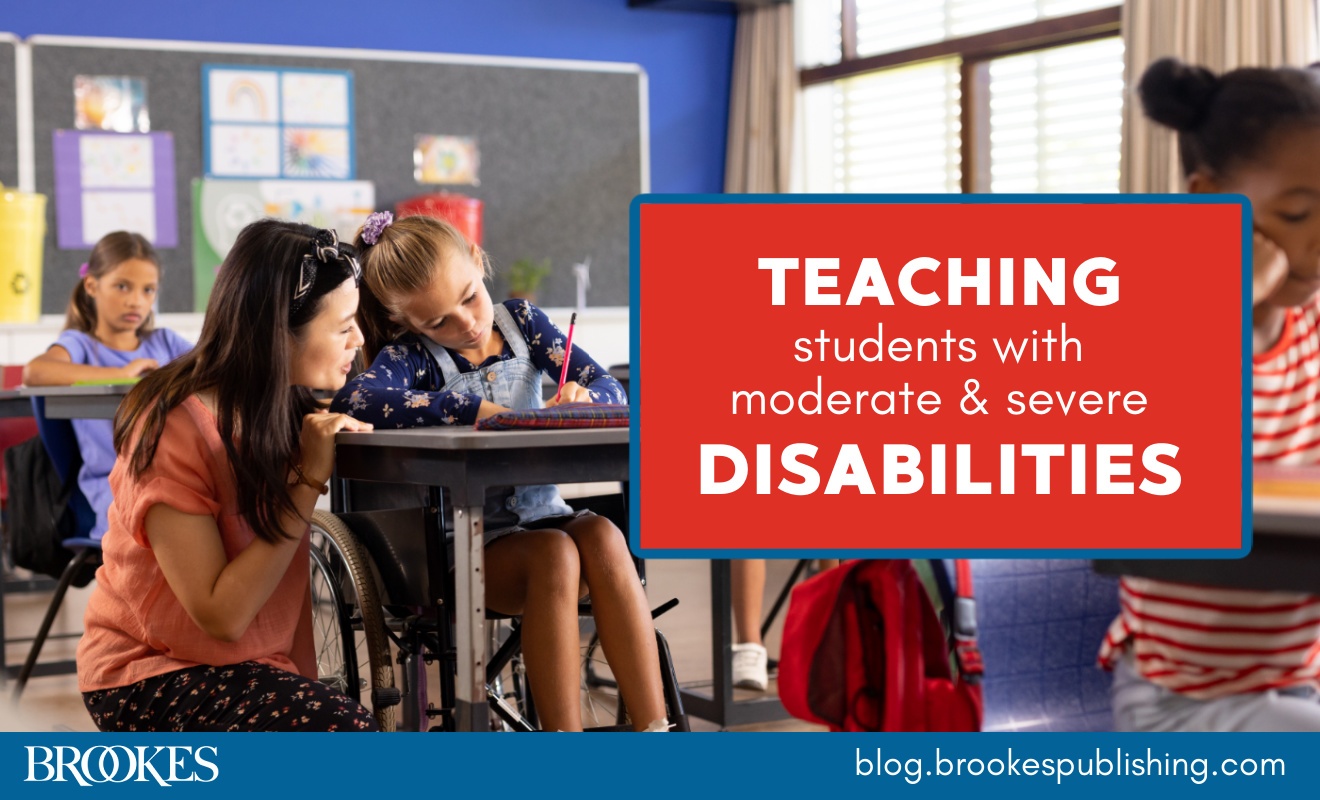
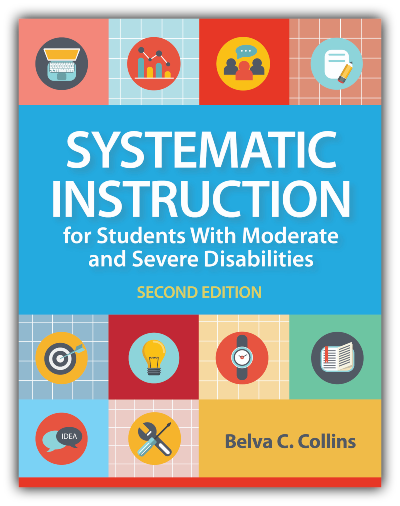 Today’s blog post has been excerpted and adapted from the second edition of Systematic Instruction for Students with Moderate and Severe Disabilities by Belva C. Collins.
Today’s blog post has been excerpted and adapted from the second edition of Systematic Instruction for Students with Moderate and Severe Disabilities by Belva C. Collins.
All learners, regardless of ability, need to learn content with meaningful applications. When teaching learners with moderate and severe disabilities (MSD), this is even more crucial. To acquire new content, learners with MSD need more repeated exposures presented in a systematic fashion.
Because your instructional time is limited, targeted skills must be prioritized so those skills most needed in a learner’s life can be taught with specially designed instruction. Complex and abstract concepts must be broken down into basic skills that learners can comprehend and apply in their daily lives. Finally, skills must be taught to criterion using valid practices that enable learners to maintain the skills over time and generalize them to their daily lives.
Let’s look at two approaches to teaching meaningful and relevant core content to learners with MSD: 1) adding functional applications to core content and 2) adding core content to functional skill instruction.
Approach #1: Adding Functional Applications to Core Content
When designing the instruction of core content for learners with MSD, answer these important questions:
- How can the content be applied in the real world, both now and in the future?
- How does the content form a foundation for the instruction of future content?
- What skills are necessary to master the content?
- If the content is to result in a concept, what examples and nonexamples can be used during instruction to facilitate the formation of concepts?
- How will learners be expected to generalize the acquired content?
- How can maintenance be ensured?
- Is mastery at a set criterion necessary for content to be useful to learners or to allow progression in a determined sequence?
- Will learners have the opportunity to revisit content at future points in the curriculum?
- Can targeted skills be taught in isolation, or is it necessary for learners to master a broader scope of skills for content to be useful?
The key question, given the amount of time that may be necessary to teach core content to these learners, is which content is most useful to learners to promote meaningful interactions in their lives, facilitate independence, and provide access to less restrictive environments. For example, learners need literacy skills to gain information and for personal enjoyment, and they need to apply math concepts to manage personal finances and increase independence. Although systematic instruction may be required to facilitate the acquisition of core content, a simple strategy to ensure content is personally relevant to learners is to include examples during instruction of how the content can be applied in real life.
To add functional applications to core content instruction, the IEP team should do the following:
- Identify the grade-level core content standards that all learners are expected to meet, noting that most learners with MSD will be participating in required alternate assessment based on preidentified alternate achievement standards
- Focus on specific needs of the learner with a disability by identifying other meaningful skills for instruction based on performance on adaptive behavior scales and interviews and through the ecological inventory process
- Identify goals and objectives
- Create matrices to identify the academic classes in which core content is being taught and the corresponding units of study in which functional skill instruction can be embedded. (See Systematic Instruction for Students with Moderate and Severe Disabilities for guidance on how to do this.)
Approach #2: Adding Core Content to Functional Skill Instruction
Because learners with MSD may need increased exposure to core content to achieve mastery, consider embedding instructional trials on core content during natural routines throughout the day. In addition to giving learners the opportunities to apply core content in their daily lives, this increases their opportunities to receive feedback on performance and to make relevant links between instruction and practice. Some functional skills can also be taught in instructional trials that are distributed in activities throughout the day, and core content can be embedded in each of these.
For example, a learner who is being taught to wash hands during restroom breaks also can be taught the following during that activity:
- Anatomical parts such as hands, wrists, fingers, knuckles, nails
- The role of hygiene in disease prevention
- Reading skills (e.g., restroom, boys/girls)
- The concept of antonyms—hot/cold, left/right, in/out
- Math skills—for example, counting fingers and the number of seconds hands should be washed
- Science concepts, such as water conservation, bacteria, and liquid and solid states of matter
In some cases, inclusive non-core content general education classes (consumer science, health, computer science), recreational classes (art, music, drama, physical education), or vocational classes (carpentry, sewing) may focus on functional life skills while also providing opportunities to embed core content. These classes provide many possibilities for teaching skills such as reading, measuring, and performing math computations.
How do you choose which method to use? Try using both of these approaches in tandem when developing IEPs. Combining these powerful methods will result in an individualized and balanced curriculum that will improve outcomes for your students. (And for much more on effectively teaching K–12 learners with moderate and severe disabilities, check out the book behind today’s blog post!)

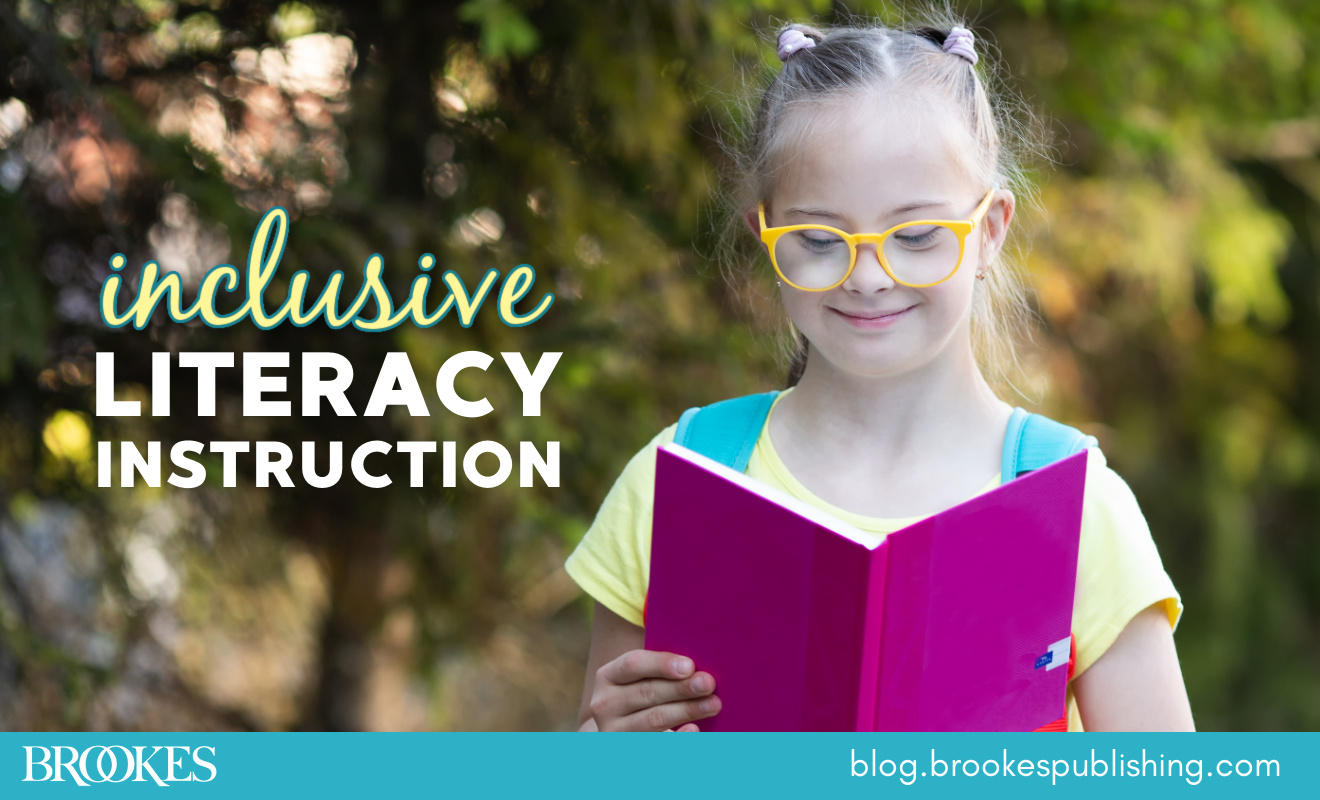
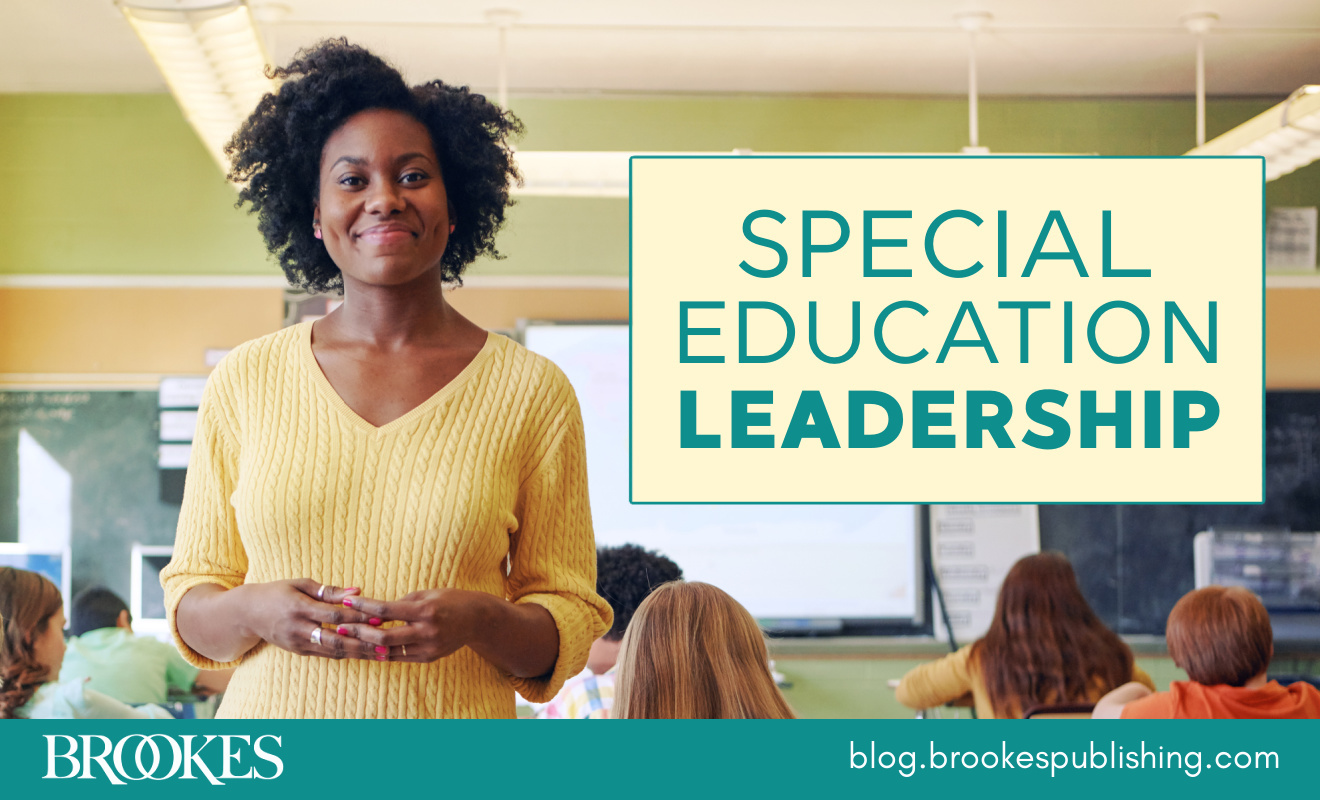
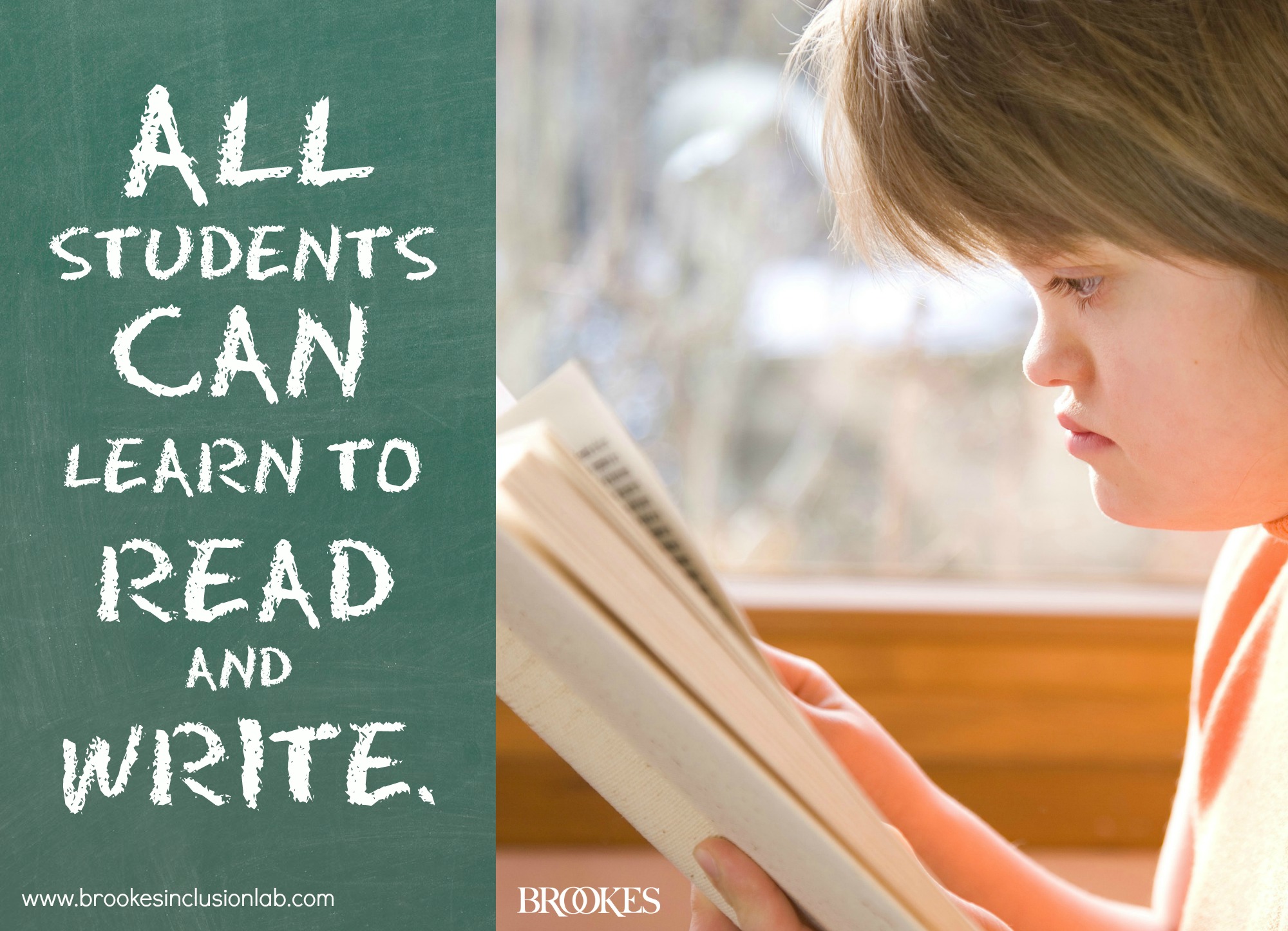
Write a Comment
Your email address will not be published. Required fields are marked *
Post a Comment